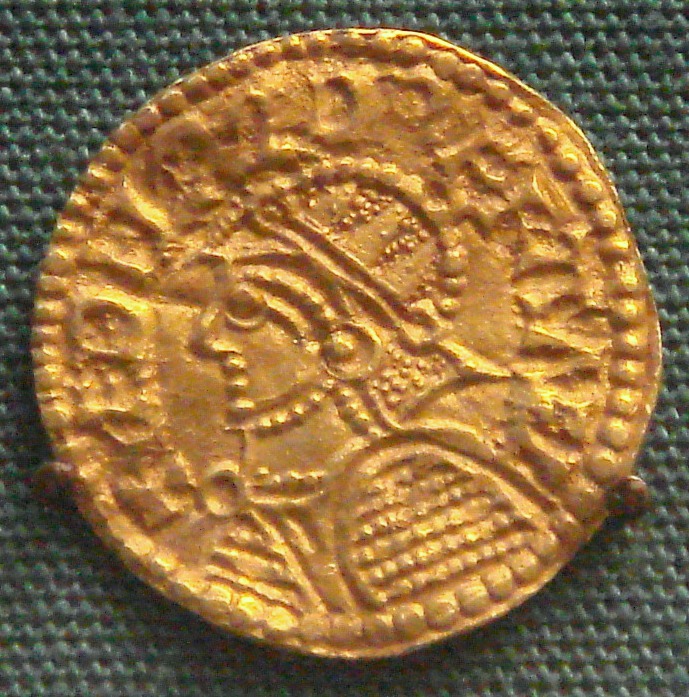Ethelred II, King of England, 968?-1016
Enlarge text Shrink text- Ethelred the Unready, 1978 (subj.)t.p. (Ethelred the Unready)
- DNB(Ethelred or Æthelred II, the Unready, 968?-1016)
Æthelred II (Old English: Æþelræd, pronounced [ˈæðelræːd]; Old Norse: Aðalráðr; c. 966 – 23 April 1016), known as Æthelred the Unready, was King of the English from 978 to 1013 and again from 1014 until his death in 1016. His epithet comes from the Old English word unræd meaning "poorly advised"; it is a pun on his name, which means "well advised". Æthelred was the son of King Edgar and Queen Ælfthryth. He came to the throne at about the age of 12, following the assassination of his elder half-brother, King Edward the Martyr. The chief characteristic of Æthelred's reign was conflict with the Danes. After several decades of relative peace, Danish raids on English territory began again in earnest in the 980s, becoming markedly more serious in the early 990s. Following the Battle of Maldon in 991, Æthelred paid tribute, or Danegeld, to the Danish king. In 1002, Æthelred ordered what became known as the St Brice's Day massacre of Danish settlers. In 1013, King Sweyn Forkbeard of Denmark invaded England, as a result of which Æthelred fled to Normandy in 1013 and was replaced by Sweyn. After Sweyn died in 1014, Æthelred returned to the throne, but he died just two years later. Æthelred's 37-year combined reign was the longest of any Anglo-Saxon English king and was only surpassed in the 13th century, by Henry III. Æthelred was briefly succeeded by his son Edmund Ironside, but Edmund died after a few months and was replaced by Sweyn's son Cnut. Another of Æthelred's sons, Edward the Confessor, would become king of England in 1042.
Read more on Wikipedia >
 Personality
Personality







